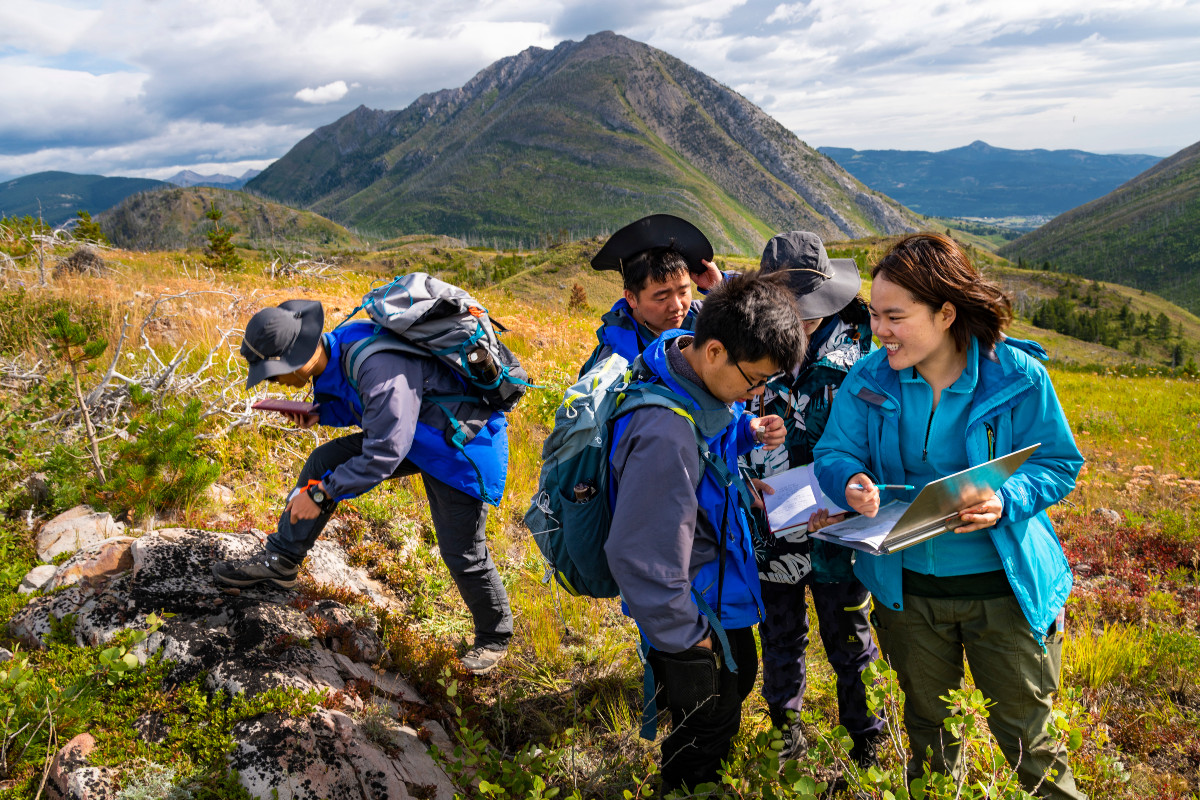Students develop industry-ready skills in geoscience thanks to Alberta-based software company SeisWare
Donna McKinnon - 1 May 2024
SeisWare, a Canadian software company, has been providing software — free of charge — to the University of Alberta in support of student education and geoscience research for more than a decade.
Valued at $880k/year, SeisWare’s academic license program allows students and researchers to use industry-standard software for seismic interpretation of subsurface geology. In the lab and in the field, the software is used to map what lies beneath the surface — allowing geoscientists and geophysicists to determine optimal drilling targets, minimize economic and environmental impact and maximize safety. Seismic software also plays a critical role in gauging the safety of extraction projects in the oil and gas industry.
“It allows us to visualize what happens under our feet,” says Mirko van der Baan, a geophysicist and director of the Consortium for Distributed and Passive Sensing. Van der Baan’s home department, the Department of Physics, and the Department of Earth and Atmospheric Sciences both benefit from the software.
Working closely with the oil and gas industry, Van der Baan’s research assesses hydraulic fracturing treatments — the injection of liquid and materials at high pressure into shale to create fractures, which enable fluid hydrocarbons to flow toward a well. Applying seismic waves (similar to sonar or radar) to look into the earth’s geologic structures, Van der Baan and his team are able to use low frequency microphones, or geophones, to ‘listen’ to the cracks, which combined with seismic reflection data can then be visualized using the SeisWare software.
“This is where SeisWare is very useful,” says Van der Baan. “It’s like opening a book to see what’s written on the individual pages. I can slice through vertically, or horizontally, we can change colours, derive and calculate all kinds of attributes. There are many bells and whistles and the key purpose is to do seismic interpretation to understand subsurface geology.”
Van der Baan first secured the software licenses while helping to set up the Master of Science Integrated Petroleum Geosciences (IPG) course-based program, which provides advanced training in geology and geophysics for students and the hands-on learning opportunity to apply their classroom learning to real-world scenarios as they prepare for entry into geological and geophysical industries.
“We needed a software package for seismic interpretation, otherwise it gets very dry and theoretical,” says Van der Baan. “It’s been a very fruitful joint collaboration and I am absolutely delighted with this software and the support from SeisWare. It shows students commercial state-of-the-art reflection seismic data interpretation, which they can take to their jobs in the energy industry. We use it extensively for teaching and for research within the university, not just my group.”
Since its inception, more than 220 students have completed the IPG program. Several of Van der Baan’s graduate students also use the software.
With hubs in Calgary and Houston, and plans to expand outside of North America, SeisWare sees great value in their long-standing partnership with the U of A, and in particular, their role in helping to train the next generation of geologists and geophysicists.
“It’s a reciprocal relationship,” says Ed Chow, VP Business Development and one of the co-founders of SeisWare, which has been in operation for more than 25 years. “Mirko is key. He is a critical user. We don’t really sell to our clients in the conventional sense, we look for solutions. And being able to help students get off to a good footing and prepare for their transition to the professional sector in industry is very rewarding.”
